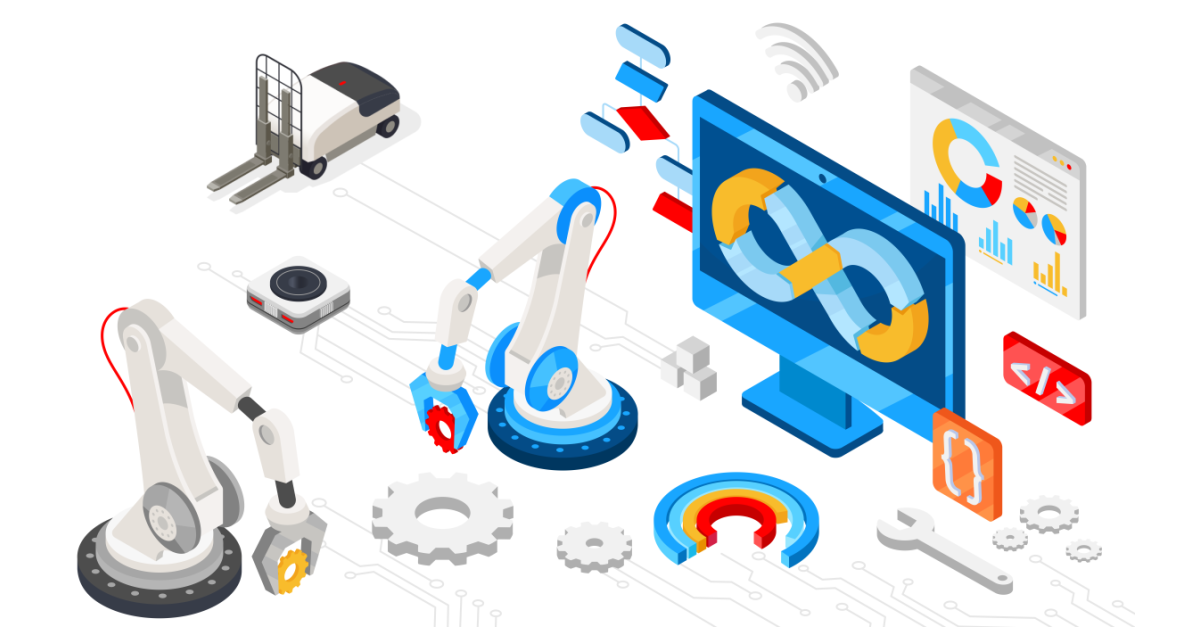The cutting-edge intelligence and robotics company previously known as BotsAndUs will from hereon be known as Dexory. The new name, taken from the words ‘dexterity’ and ‘echolocation’ – a nod to the company’s vision of enhancing human ability with the help of robotics – and its new visual identity supports its expansion and strategic vision as it moves from start-up to scale-up. Dexory is the provider of real-time data insights using autonomous robots that measure, track and find goods across warehouses without manual intervention.
“The natural evolution to Dexory is a new and thrilling chapter of our company,” says Andrei Danescu, CEO, Dexory. “As we focus on data-led insight technology for the logistics and supply chain industry, we believe the timing was right for this transition. This allows us to capture the essence of who we are as a business and as a team. This is an exciting stage in our journey. We have grown steadily, seeing a staff increase of over 50% in 6 months, and our plan is to double that number again in 2023.”
The company raised $13m in seed funding in June, led by Lakestar, along with Maersk Growth, Kinded Capital and Capnamic, taking its total funding to $20m, and spurring rapid growth aligning with an increasing market demand. According to a recent study by the United Kingdom Warehousing Association (UKWA), the well documented paradigm shift towards omni-channel retailing is placing demands on the warehousing sector that have not been seen in the past.
“Efficient warehousing has never been more important in global supply chains. Over 80% of warehouses worldwide have no automation whatsoever and rely entirely on manual methods. With the warehousing industry predicted to grow over 50% by 2025, streamlined functionality and processes that enable optimised operations is the need of the hour,” Danescu adds.
Artificial Intelligence Key
Dexory is paving the way for AI and robotics to completely transform the world of logistics, automating data collection and building digital twin technology that unlocks insights across all levels of warehouse operations. Dexory is the only platform that delivers real-time information for the receiving, storing, and dispatch stages, allowing companies unprecedented access to their operations from anywhere and at any time.
“We deliver an end-to-end solution to our clients. Right from building bespoke hardware, i.e. the robots, to creating the software to gather and make the data they’re collecting accessible and useful,” Danescu explains. “Our robots-as-a-service model makes automation more widely accessible as companies don’t have to pay large up-front sums.”
In its new form, Dexory continues its work with important partners such as Menzies Aviation, Maersk, Huboo and several other logistics and warehousing organisations in the UK and across Europe.
Rory Fidler, Vice President Cargo Technology, Menzies Aviation, comments: “In February this year, Menzies introduced the autonomous robot Mimi, which was developed with BotsAndUs now Dexory. It was important for us to use the technology to add real-time value to the operation. It is safe to say Mimi is delivering this, as on a daily basis we are achieving high accuracy levels across bond checking in a fraction of the time it has historically taken to do it manually. The team at Dexory have been fantastic to work with and we have a number of exciting projects in the pipeline with them.”
The funds raised earlier this year have been used to expand Dexory’s pioneering solutions globally, building up strong partnerships with industry leaders to accelerate growth and product development, and grow its team.











